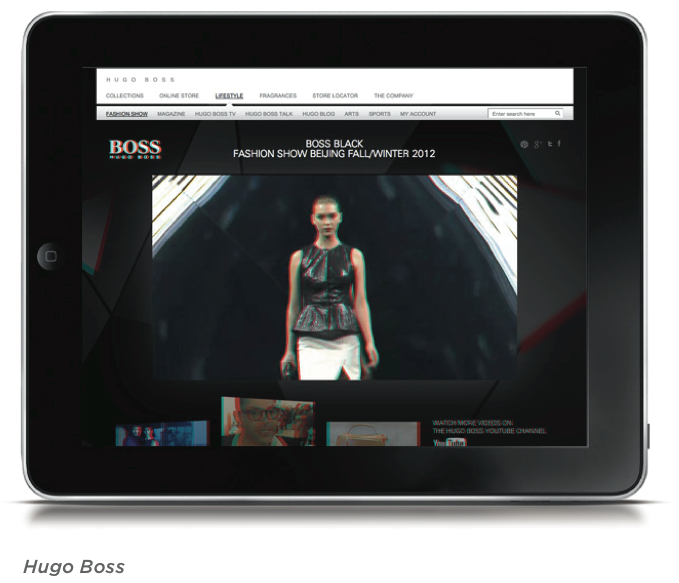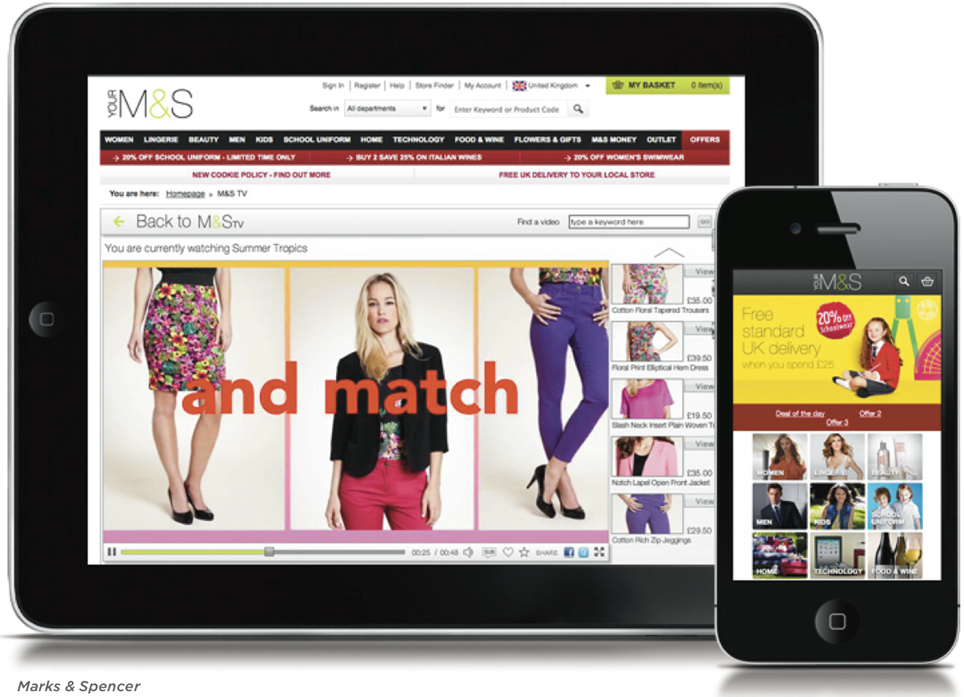- Category: October 2012 - Content Marketing
 Brightcove‘s whitepaper "The New Content Marketer“ provides valuable insights about content marketing across the customer lifecycle. The role of online video and social media in this context is pretty obvious and needs no further explanation, but we would like to share with you the findings on how video and social can make paid, owned, and earned media strategies more tightly integrated, more symbiotic, and more impactful.
Brightcove‘s whitepaper "The New Content Marketer“ provides valuable insights about content marketing across the customer lifecycle. The role of online video and social media in this context is pretty obvious and needs no further explanation, but we would like to share with you the findings on how video and social can make paid, owned, and earned media strategies more tightly integrated, more symbiotic, and more impactful.
Reach: Generating awareness and attention
Online video can dramatically improve search engine performance. According to Forrester, videos are 53 times more likely than text pages to appear on the first page of search results. To take full advantage of this potential, you need a metadata strategy that focuses on the keywords and phrases most relevant to the community you’re targeting for SEO and website traffic.
In the past, the non-textual nature of video has made it more difficult to optimize for search, but new tools such as the 3Play online video plug-in allows to create interactive transcripts of video, then embed them in pages to make them fully indexable and searchable.
Social media provides a powerful multiplier effect for the reach generated by online video. YouTube isn’t only a social network around video, but is also the second-largest search engine on the web, attracting 157 million unique viewers per month to seek, discover, and watch online video. A blended distribution strategy combines the reach of YouTube with the control over branding and user experience available on your own site: your YouTube channel drives awareness-building and viral sharing, while your own website provides dedicated content for deeper engagement, conversion, and analytics. A YouTube sync capability will help you maintain timely and relevant content on both channels.
As viewership of online video grows across the social web, other social media sites are equally important for extending your reach. With 45 million unique video viewers per month, Facebook is now one of the top four online video destinations overall.
 Example campaign: Hugo Boss
Example campaign: Hugo Boss
Hugo Boss used online video and social media to build excitement and engagement around its Beijing Fashion Show in May 2012. The company made live and on-demand video available in both 2D and 3D on its own website as well as Facebook, and YouTube. Limited edition 3D glasses distributed through store locations around the world included a time stamp for local access to live streams. The campaign blended the company’s owned media assets—its online video, website, and official social media channels—with earned media in the form of re-sharing by fans and fashionistas, as well as considerable press coverage. The campaign was a tremendous success, generating active participation among the audience most important to the company and its industry.
Acquisition: Promoting product education and consideration
One of the guiding tenets of content marketing is that consumers value relevant, engaging content that addresses their needs and interests. Many brands are launching their own online video portals to provide deep product information, demonstrations, how-to-advice, personalized content, and special offers.
Example campaign: Citrix TV
The Citrix TV portal launched by Citrix Systems offers thousands of training, demo, and topic videos to boost engagement and influence the evaluation and consideration process for IT infrastructure and virtualization solutions. Community-driven prioritization features such as “most watched,” “most popular,” and viewer ratings ensure that users’ video experiences are relevant, topical, and timely.
Engagement: Drawing people closer to your brand
A compelling video not only attracts visitors to a website, it can also help keep them there. Vivid storytelling and deep information focus viewers’ attention and entice them to watch additional videos. As their time on site grows, they remain within your branded environment and available for further messaging and offers.
Example campaign: Cars.com
Cars.com draws more than 10 million monthly visitors to its video-rich website to browse, research, and purchase new and used vehicles, using compelling photo and video content to entice buyers and advertisers. Custom video players, syndicated content, and easy navigation make for a high-quality user experience which has increased time spent watching editorial video content from roughly 30 seconds to more than six minutes.
Conversion: Turning prospects into customers
Product videos and demos convey a rich, intuitive sense of a product that no web page or data sheet can match, giving customers more confidence about their purchasing decisions.
According to eMarketer, video has also been shown to lower the number of abandoned shopping carts, reduce return rates, and increase sales. In-player calls to action, interactive offers, and buy-now / download-now buttons help capitalize immediately and seamlessly on purchase intent while it’s still fresh in the customer’s mind.
 Example campaign: Marks & Spencer
Example campaign: Marks & Spencer
UK retailer Marks & Spencer worked with Brightcove and their partner Adjust Your Set to implement
“shoppable video” on its sites. Synchronized in-player calls-to-action let viewers view more information about featured products as they appear, then click through to the corresponding e-commerce page. Shared on Facebook, the video retains all of this functionality, converting earned media into a viral ecommerce outlet. Within the first six months, the company broadcast more than one million minutes of video with click-through rates as high as 30%. This boosted sales on some products by as much as 90%.
Retention: Supporting customer success and engagement
Post-sale content and video-based support help keep your customer relationships active and valuable. Integrated into your social media presence, online video gives customers another reason to “like” your brand, as they regularly receive useful information in their feed. Re-sharing further extends your earned media footprint and showcases to other prospects the high-quality customer experience you provide.
Example campaign: Opto 22
Opto 22 has introduced a video-rich customer care center which features long-form and short-form content such as product demos and tutorials, customer success stories, and TechTalk interviews with industry experts. Hosts and other on-camera personalities increase viewer engagement.
Loyalty: Fostering word-of-mouth promotion
The popularity, virality, and emotional impact of online video make it highly effective for turning customers into loyal fans and brand advocates. Compelling video, user-generated content (UGC) and special offers encourage sharing and can help make your video portal a destination in your segment.
Example campaign: Nestle Purina
Nestle Purina launched PetCentric, an online community for pet owners that features online video in addition to game, images, articles, and other content. Acting as a YouTube-like site for pet owners, but offering Nestle Purina a higher level of control over branding and experience, PetCentric includes hundreds of professionally produced videos and UGC uploads, all with ratings, comments, sharing, and other social features. Related content and video recommendations keep visitors on the site longer, while cross-promotions of special offers, community building activities, and links back into other Nestle Purina sites deepen engagement.
By MediaBUZZ


